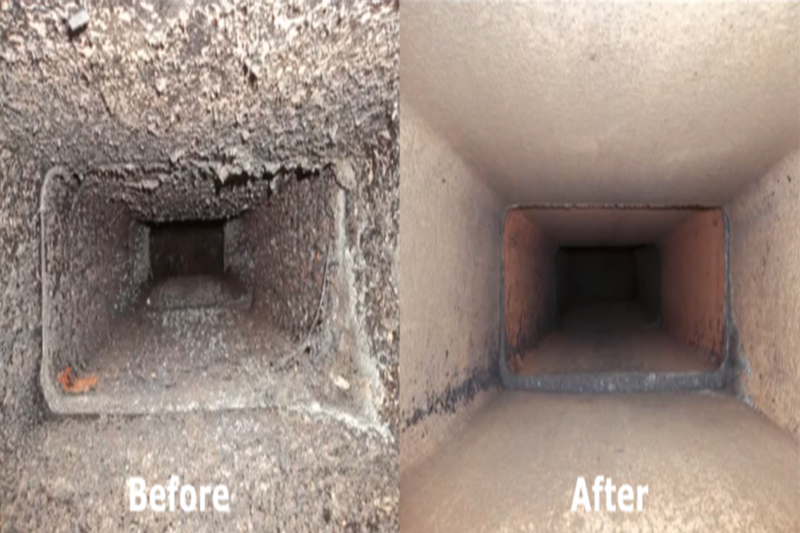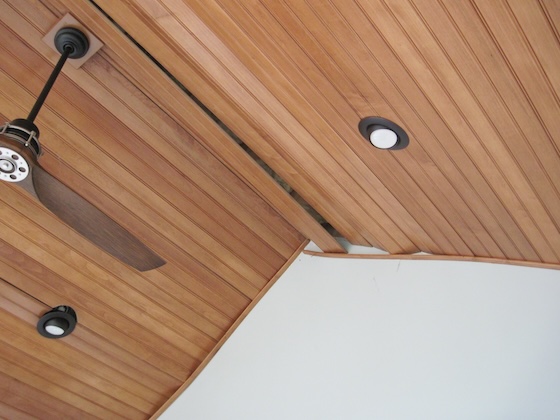
The Build-up of Creosote: Understanding the Risks
Creosote is a hazardous substance that can accumulate in chimneys over time. It is a black, sticky residue that forms when wood or fossil fuels are burned. Creosote build-up poses serious risks for homeowners, as it is highly flammable and can ignite easily. The higher the amount of creosote deposits, the greater the risk of a chimney fire. This is particularly concerning considering that chimney fires can spread quickly and cause extensive damage to properties. Therefore, it is crucial for homeowners to understand the dangers associated with the build-up of creosote in order to take appropriate preventive measures.
In addition to the increased risk of chimney fires, creosote can also lead to poor indoor air quality. When a chimney is clogged with creosote, it restricts the proper flow of gases, including carbon monoxide, out of the home. This can result in the accumulation of toxic gases within the living space, posing a serious health threat to those residing in the house. Carbon monoxide is a colorless and odorless gas that can cause symptoms such as nausea, dizziness, and headaches. In severe cases, prolonged exposure to carbon monoxide can even be fatal. Therefore, regular chimney cleaning and maintenance are essential to ensure the safety and well-being of occupants.
How Neglected Chimneys Can Lead to Fire Hazards
Neglected chimneys can pose serious fire hazards if left unattended. Over time, creosote, a highly flammable substance, builds up inside the chimney lining. Creosote is a byproduct of burning wood or fossil fuels and can accumulate as a residue on the inner walls of the chimney. As this residue thickens, it becomes a potential fuel source that can ignite from sparks or embers from the fireplace or wood stove. The high temperatures reached during a chimney fire can lead to extensive damage to the chimney structure and potentially even spread to the rest of the building.
In addition to creosote buildup, neglecting chimney maintenance can also result in other fire risks. Debris such as leaves, twigs, bird nests, or other flammable materials can get trapped in the chimney, obstructing proper airflow and increasing the likelihood of a fire. Animals such as birds, squirrels, or raccoons may also seek refuge in unattended chimneys, creating nests and leaving behind flammable materials. Any of these blocked or obstructed areas can hinder the efficient expulsion of smoke and heat, allowing embers to spark and ignite a fire. It is crucial to regularly assess and address these potential fire hazards to ensure the safety of your home and loved ones.

Carbon Monoxide Poisoning: A Silent Threat in Dirty Chimneys
Carbon monoxide poisoning is a hazardous consequence of neglecting chimney maintenance. When chimneys become dirty and clogged with soot, debris, and animals’ nests, the proper venting of toxic gases becomes compromised. Carbon monoxide, an odorless and colorless gas, can then accumulate and seep into the living spaces of a home, putting the occupants at significant risk.
The silent nature of carbon monoxide makes it an even more dangerous threat. It is impossible to detect without specific alarm systems, and people may not realize they are being exposed until it is too late. Initial symptoms of carbon monoxide poisoning, such as headaches, dizziness, nausea, and confusion, can easily be mistaken for other common ailments. This delayed recognition further highlights the importance of regular chimney cleaning and maintenance to prevent the buildup of harmful gases.
Structural Damage Caused by Neglecting Chimney Cleaning
Structural damage caused by neglecting chimney cleaning can be a serious issue for homeowners. Over time, the build-up of creosote and other debris can result in a variety of problems. One common problem is the deterioration of the chimney liner. The constant exposure to heat and corrosive substances allows creosote to eat away at the liner, leading to cracks and holes. These openings can allow smoke, heat, and even embers to escape into the walls of the home, posing a significant fire risk.
Furthermore, neglecting chimney cleaning can also lead to the weakening of the chimney structure itself. As creosote accumulates, it becomes a highly flammable substance. In the event of a chimney fire, the intense heat can cause the bricks and mortar to crack and crumble. This not only compromises the structural integrity of the chimney but also poses a danger to the entire house. Without timely cleaning and maintenance, homeowners may find themselves facing costly repairs or, worse, the devastating consequences of a chimney fire.
The Role of Animals and Debris in Blocked Chimneys
Animals can often find their way into chimneys, especially if they are not regularly cleaned and maintained. Birds, squirrels, raccoons, and other small creatures can easily build nests or seek refuge in the warmth of the chimney. When these animals enter the chimney, they bring with them debris such as twigs, leaves, and mud. Over time, this accumulation of debris can block the chimney and hinder proper airflow. As a result, the smoke and dangerous gases produced by the fire are unable to escape, increasing the risk of carbon monoxide poisoning and potential chimney fires.
The presence of animals and debris in the chimney can also cause structural damage. As the debris builds up, it can create a barrier that prevents the natural expansion and contraction of the chimney materials. This can lead to cracks, leaks, and even collapse in severe cases. Moreover, the acidic nature of animal waste can further deteriorate the chimney lining and contribute to costly repairs. It is vital to regularly inspect and clean chimneys to remove any obstructions caused by animals and debris, ensuring both the safety and longevity of the chimney system.
The Hidden Dangers of Neglecting Chimney Cleaning was first seen on https://chimneysweeplosangeles.net/





More Stories
The Role of Chimney Inspections in Homebuying
The Rise of Bed Bugs: Why Are They Making a Comeback?
Chimney Masonry Repair 101: Restoring Beauty and Functionality